Country Fact File: Peru!
Find out all about the cool country of Peru!
Discover this incredible country in our Peru facts!
Peru facts
OFFICIAL NAME: Republic of Peru
FORM OF GOVERNMENT: Constitutional republic
CAPITAL: Lima
POPULATION: 30,147,935
OFFICIAL LANGUAGES: Spanish, Quechua
MONEY: Nuevo Sol
AREA: 1,285,216 square kilometres
MAJOR MOUNTAIN RANGES: Andes
MAJOR RIVERS: Amazon, Ucayali, Madre de Dios
The flag of Peru
The geography of Peru
Peru is the third largest country in South America, after Brazil and Argentina. It is made up of a variety of landscapes, including mountains, deserts, rainforests and beaches. Most people live along the coast of the Pacific Ocean, where the capital, Lima, is located. Peru shares borders with five countries – Ecuador, Colombia, Brazil, Bolivia and Chile.
Map of Peru
Along Peru’s west coast is a narrow strip of desert 2,500km long. This region only makes up around 10 percent of the country, but it is home to more than half of the country’s population. The coastal desert was first inhabited thousands of years ago by Ancient people called the Chimú and the Nasca.
Nearly half of Peru is covered by the world’s largest rainforest – the Amazon. As well as thousands of fascinating plant and animal species, this huge jungle is home to hundreds of Amerindian tribes, some of which may never have seen the outside world!
The Andes mountains – the world’s second highest mountain range – run through Peru, from north to south. These beautiful snow capped peaks are popular with tourists who enjoy hiking and trekking. Peru’s tallest mountain is Mount Huascarán, measuring a massive 6,768m tall. Wow!
Peruvian people & culture
The people of Peru are a diverse mix of different cultures, including indigenous people, Spaniards and other Europeans, descendants of African slaves and Asians. Until recently, most people lived in the countryside, but now more than 70 percent live in cities. Most Peruvians follow the Catholic religion introduced by the Spanish in the 16th century.
Nature of Peru
Because it has so many different ecosystems, Peru is home to a wider variety of plants and animals than most other countries on Earth. For many reasons, Peruvians have not had as much of an impact on their natural world as many other countries, and so much of these ecosystems have been undisturbed.
Did you know that in just one square kilometre of Peruvian rainforest, there are more than 6,000 kinds of plants? Amazing, huh? What’s more, the Amazon rainforest – which spans across Peru, Brazil, Bolivia, Ecuador, Colombia, Venezuela, Guyana, Suriname and French Guiana – is home to hundreds of species that aren’t found anywhere else on Earth!
On the Pacific Coast, many interesting plant and animal species have adapted to the dry desert climate. Off the coast, the waters are cool and have a low salt content due to what’s known as the Peru Current (or Humboldt Current). These waters nourish huge numbers of small fish, which in turn provide food for bigger fish and seabirds.
Peru’s mountains support special types of grasses and plants, providing food for mammals like llamas, alpacas and vicuñas. One plant that grows in the Andes, the puya raimondi, grows for a hundred years before blooming!
Peruvian government & economy
Peru has a President and a national government who run the country. Presidents are elected by the people and serve for five-year terms. Unlike the UK, where people have the choice to take part in the general election, Peruvians are required to vote by law.
Peru is one of the richest countries in the world in terms of natural resources. Gold, silver, copper, zinc, lead and iron are found across the country, and there are reserves of oil and natural gas, too. Even so, jobs there can be very hard to find, and Peru remains one of the world’s poorest countries.
Peruvian history
Peru’s earliest inhabitants date back to more than 13,000 years ago. Beginning around 1000BC, several societies developed in different parts of Peru, including the Chavín, Moche and Nazca.
One of the most important Peruvian cultures was the Inca, who lived in Peru around 600 years ago. Their capital, Cusco, is still a major city today. The Incas also built Machu Picchu (above), a famous ancient city in the Andes. Today, Machu Picchu’s spectacular ruins are a popular site for tourists. The Incas thrived for centuries before being conquered by the Spanish in 1532.
Did you know we have a FREE downloadable Machu Picchu primary resource? Great for teachers, homeschoolers and parents alike!
Photos and illustrations: Getty Images UK
Words adapted from kids.nationalgeographic.com
Figures accurate at time of publication, July 2015
What do you think of our Peru facts? Let us know by leaving a comment, below!
More Like Countries
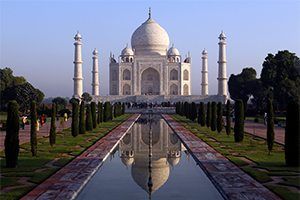
India facts: discover this incredible country
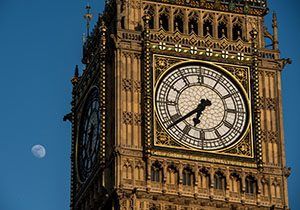
Say goodbye to Big Ben’s bongs!
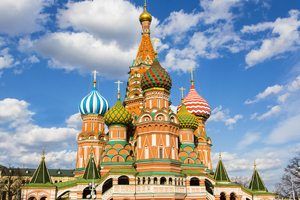
Russia facts
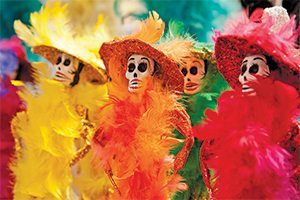




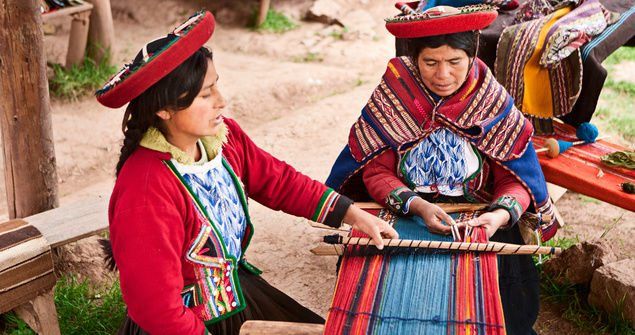
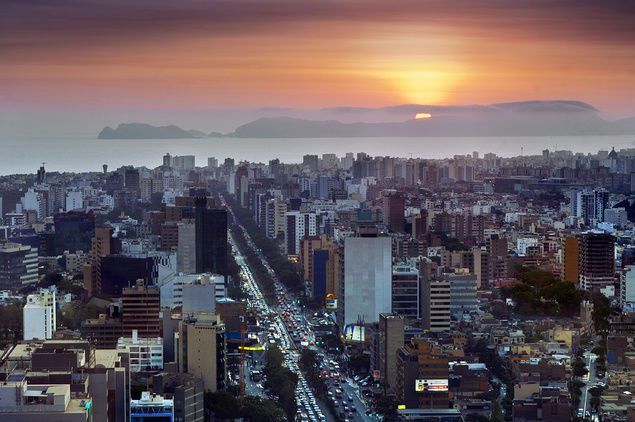
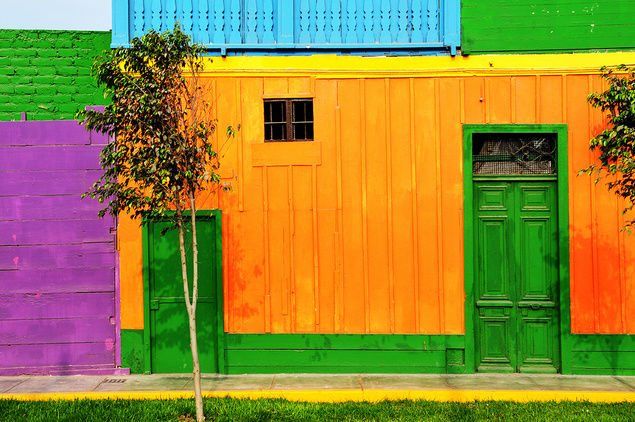
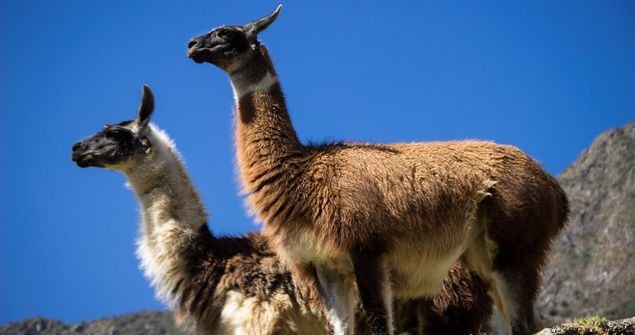
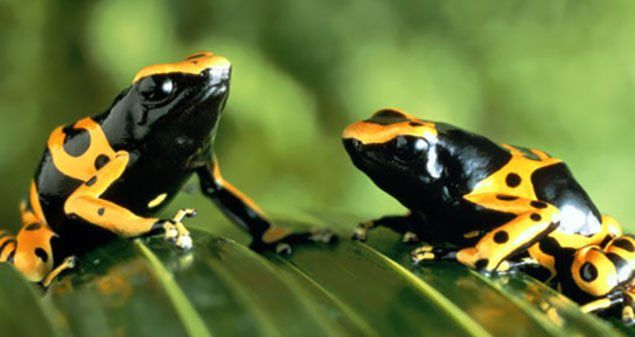
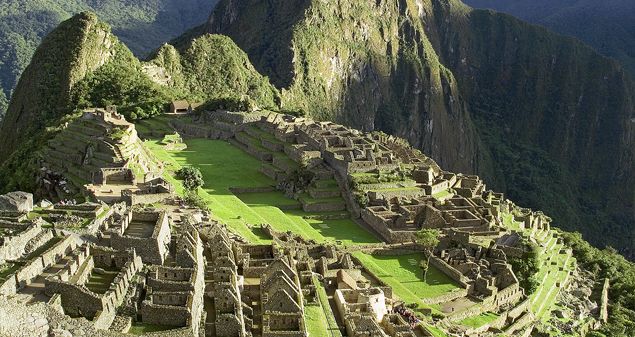

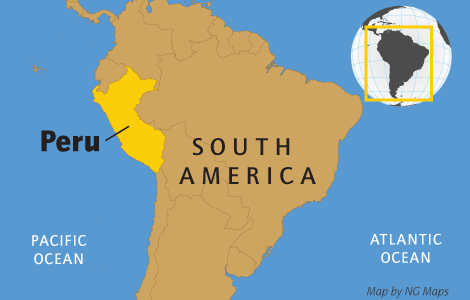







LEAVE A COMMENT
THANK YOU
Your comment will be checked and approved shortly.
WELL DONE,
YOUR COMMENT
HAS BEEN ADDED!
COMMENTS
:D
so cool
love it
cool
it was fun
This app is amazing
Wow I didn’t know that there’s like a lot of animals and what they you eat
where are the rivers
Lama!!!!!
awesome
helpful
PERU!!!!!!! is AWESOME
this is really interesting well done!
cool
coooool facts
This place are beautiful. I wish one day I will visit these places.
epic facts!
Very good
Wow!! thx for HW help
WOW
rubbish...so not true
Spasms
This helped me with my project.
This is cool! I really enjoyed reading it.
great
<3 (. love it
lol
epic
I am studying Peru in school and this site is realy fun and helpful!<3
helped me with my homework loads AMAZING!!!
a hundred year old plant amazing!!!
No, thats not true, for it is believed that the dead are no logenr inhabiting their bodies, but live as spirits or souls, minds, or consciousnesses. They are seen as being in the care of God, may be enfolded with love and light by our offering of prayers and the holy Mass on their behalf, and they return as spirits to visit their loved ones on November 2nd. The following information is from the University of California:Nov 1 2 Deda de los Muertos or Day of the Dead (Mexico, Central America). Traditionally, it is a day to celebrate and honor one’s ancestors. It’s based on the belief that there is interaction between the living world and the world of spirits. On the Deda de los Muertos, the almas, or the spirits of the dead, are said to come back for family reunions. Many celebrate setting up ofrendas (altars) in their homes to honor the memory of deceased loved ones and to welcome their visiting souls. Others visit their loved one’s cemetery plot and decorate it with flowers, candles and food. The holiday is celebrated with family and community gatherings, music, and feasting, and the festivity of its observance acknowledges death as an integral part or life.
Original info and cool pictures, thanks for helping me with my homework, phew!
I ?? Peru Im doing a project on this
wow so butiful
This is awesome!
This helped me
I love Peru
awsome and amazing
love peru and the info!
this is cool
cool!
this helped with my homework
CUSTOMIZE YOUR AVATAR